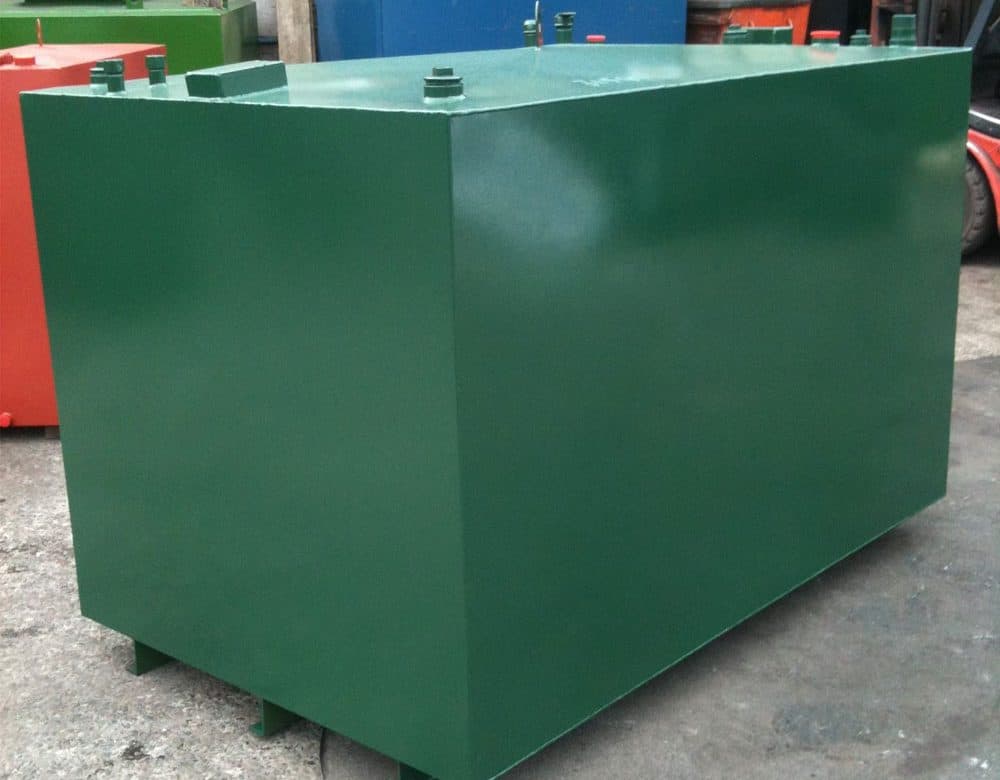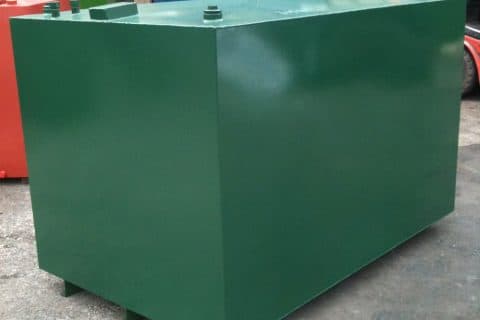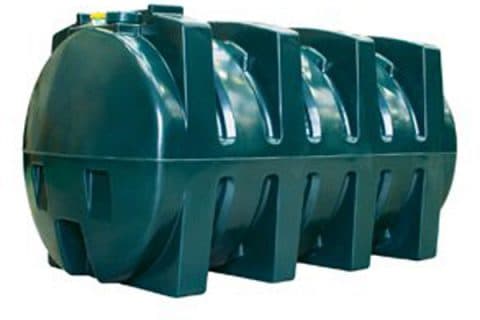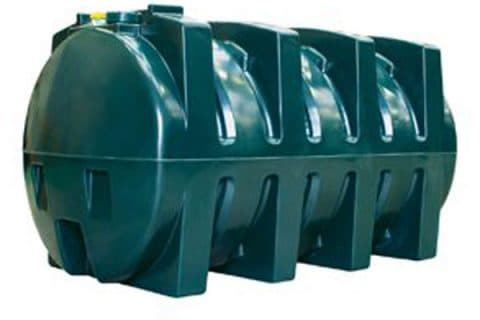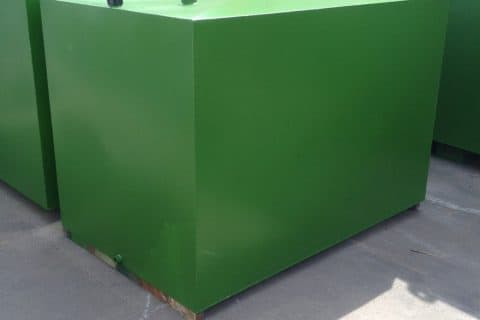Regulations for installing oil tanks may seem daunting. Still, they are in place for a reason: to safeguard you and your property and decrease the risk of fires and environmental harm. You are responsible for checking your oil tank yearly to ensure it complies with these rules. This page concentrates on the building, installation, and oil tank base regulations you must adhere to assist.
Oil Tank Building Regulations
You should always check your local authority’s building standards and oil tank installation regulations before installing a new domestic oil tank, moving an existing one, or even replacing an old one. These regulations may have changed regarding where your tank can be located and whether or not planning permission is required.
Planning clearance is not required as of 2022 for the extension or addition of placing an oil tank if:
- There isn’t a main elevation facing a highway in front of your tank.
- It doesn’t rise above 3m.
- If it’s within two metres of a boundary, its height cannot exceed 2.5 metres.
- Only half or less of the area surrounding the house is covered by other buildings.
You can find more information on the gov website.
Building Guidelines for Oil Tanks in Listed Buildings

If placing an oil tank into a listed structure, you will require planning approval and follow the oil tank installation regulations. The rules are stated below. However, we also advise getting in touch with your local government to make sure they haven’t changed:
- Your tank must have a fire guard for protection if it is above ground.
- Your oil tank needs additional protection (such as bunded tanks) against spills and leaks if there is nearby groundwater.
- For safety reasons, you must install a fire valve where the pipe enters the building.
Installation Guidelines For Oil Tank Bases
The standards for designing and building your oil tank are all covered in the bullet points above, but the base must also be functional. Take into account:
Full Tank Weight
In addition to the tank’s weight, fuel oil weighs one tonne per 1,000 litres. Domestic oil tanks can carry up to 3,500 litres of oil, weighing 3.5 tonnes. Therefore regardless of the state of the ground, you need a base that can handle this amount. If your base cannot sustain the entire weight of your tank, leaks, environmental harm, damage to your tank or pipes, and expensive repairs could ensue.
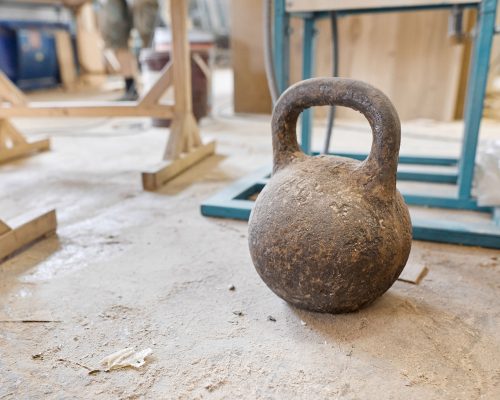
The Base Material
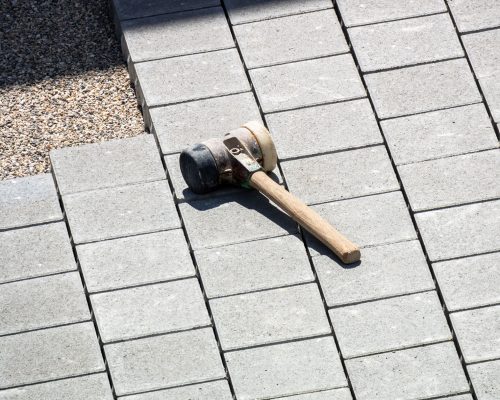
Your base must be strong to prevent leaks that can contaminate the soil. It must be made of a flammable substance like concrete, paving stones, or stonework. The base’s perimeter should be extended by at least 300mm when placed on a flatbed. You must put on precast concrete slabs a hardcore base 50 mm thick, whereas a concrete cast base must be 100 mm thick.
The Sitting Of Your Base
According to the rules governing the base, it must be situated so there is little chance of neighbouring structures catching fire and spreading it to the tank. If you are repairing an old oil tank or installing a new one, carefully read these regulations because the current location might need to be improved.
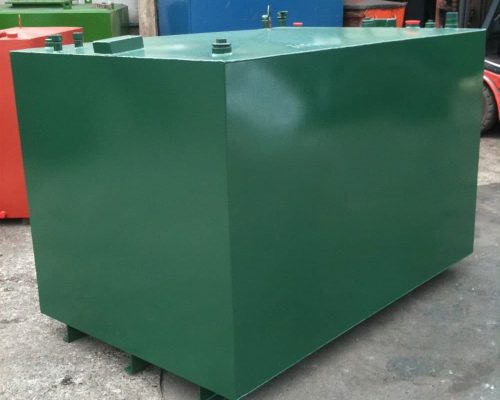
Contact Us
We advise regularly inspecting your tank for any flaws or damages and seeking professional assistance if you have any questions regarding domestic oil tank installation standards or to ensure your current oil tank complies with them.
Total Tanks is an online fuel, oil, and water storage tank provider for all installation needs. We provide free delivery on a wide variety of goods. Whether you require a fuel storage solution for your house, farm, or business or the storage of fuel, waste oil, or heating oil, we will have the right tank to meet your requirements.

